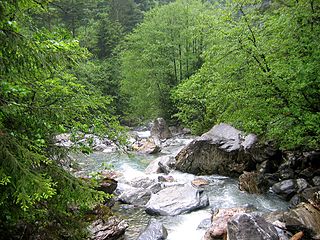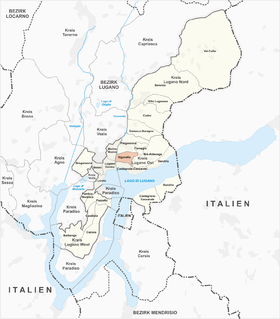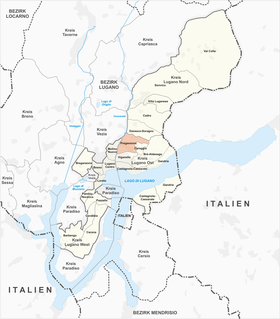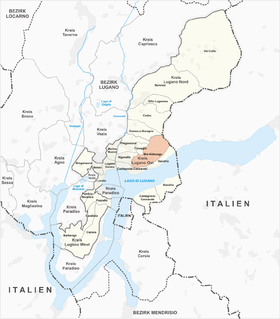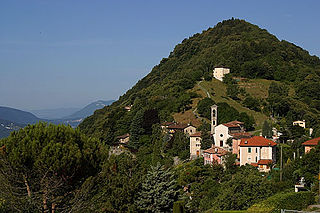| Soragno | |
|---|---|
| Village | |
| Country | Switzerland |
| Canton | Ticino |
| District | Lugano |
| City | Lugano |
| Quarter | Davesco-Soragno |
Soragno is a village in the district of Lugano in the canton of Ticino, Switzerland.

The canton of Ticino, formally the Republic and Canton of Ticino is the southernmost canton of Switzerland. Ticino borders the canton of Uri to the north, the canton of Valais to the west, the canton of Graubünden to the northeast, Italy's regions of Piedmont and Lombardy to the south and it surrounds the small Italian enclave of Campione d'Italia.
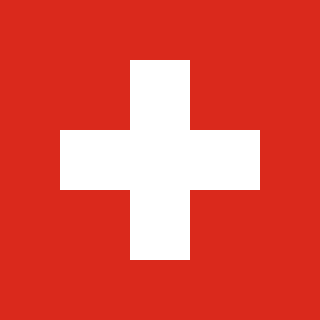
Switzerland, officially the Swiss Confederation, is a country situated in western, central and southern Europe. It consists of 26 cantons, and the city of Bern is the seat of the federal authorities. The sovereign state is a federal republic bordered by Italy to the south, France to the west, Germany to the north, and Austria and Liechtenstein to the east. Switzerland is a landlocked country geographically divided between the Alps, the Swiss Plateau and the Jura, spanning a total area of 41,285 km2 (15,940 sq mi). While the Alps occupy the greater part of the territory, the Swiss population of approximately 8.5 million people is concentrated mostly on the plateau, where the largest cities are to be found: among them are the two global cities and economic centres Zürich and Geneva.
It was first recorded in 1335 as Soragnio. [1]
The village, together with Davesco, constituted the former municipality Davesco-Soragno. In 2004, Davesco-Soragno municipality was incorporated into the larger, neighboring municipality Lugano and now forms a quarter of that city.
Davesco is a village in the district of Lugano in the canton of Ticino, Switzerland.

Davesco-Soragno is a quarter of the city of Lugano, Switzerland. Davesco-Soragno was formerly a municipality of its own, having been incorporated into Lugano in 2004.

Lugano is a city in southern Switzerland in the Italian-speaking canton of Ticino bordering Italy. It has a population of 63,494, and an urban agglomeration of over 145,000. The 9th largest Swiss city, it is the largest in Ticino and largest with an Italian speaking majority outside of Italy. The city lies on Lake Lugano, surrounded by the mountains of the Lugano Prealps. The eastern part of the city shares a border with Italy.



